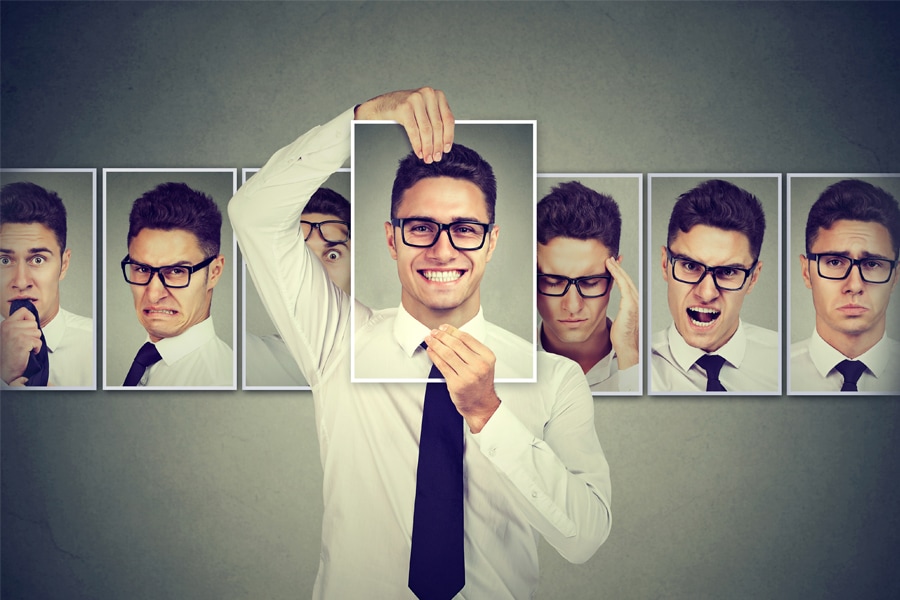
Simply Speaking: Emotion as a marketing lever—you can't wish it to happen
Whether the Barcelona football club, Elvis Presley or Laphroaig single malt, brands can provoke emotions up to the levels of frenzy, devotion or ecstasy
 The marketing world has been hooked on emotions for decades. Image: Shutterstock
The marketing world has been hooked on emotions for decades. Image: Shutterstock
“We are not thinking machines. We are feeling machines that think.” - Antonio Damasio
The marketing world has been hooked on emotions for decades. We want to elicit, uncover, understand and tap into emotions. Goosebumps, sadvertising, euphoric and funny are all parts of our standard evaluation kit. The reliance on emotional response as a primary mover has steadily grown.
This was not always the case. Marketers used to focus on persuading consumers by emphasising their product's rational and functional benefits. Look at advertising from the early to mid-twentieth century and you will see product features being highlighted. The argument of ‘emotional vs rational’ is as valid as marketing being ‘art or science’. It remains inconclusive.
Advances in science and innovation have made differentiation based solely on innate product superiority more and more difficult. Between any two brands of refrigerators, air-conditioners, hairdryers, photocopiers or soup there are seldom huge and irrecoverable gaps. You cannot become five times superior to your nearest competitor on product proposition. Therefore, the only place that a 5X value jump is possible to create is in the head. That is the power and beauty of emotion in the value equation that it does not follow any laws of physics or economics. The more illogical the emotion the more it moves.







